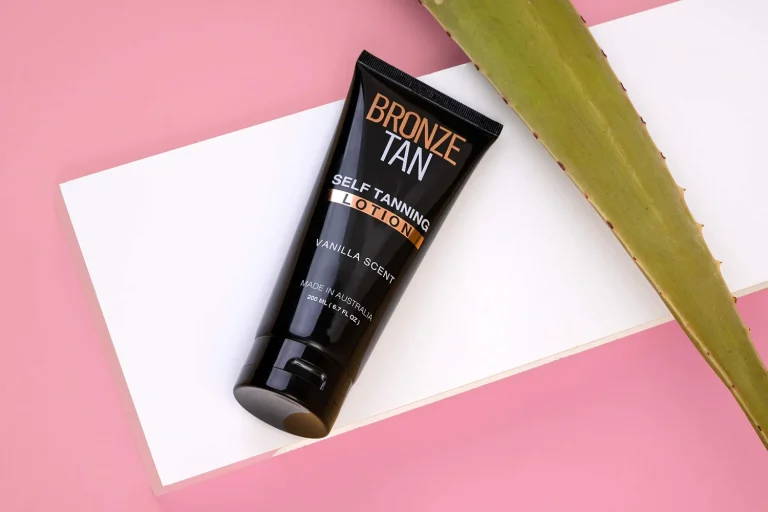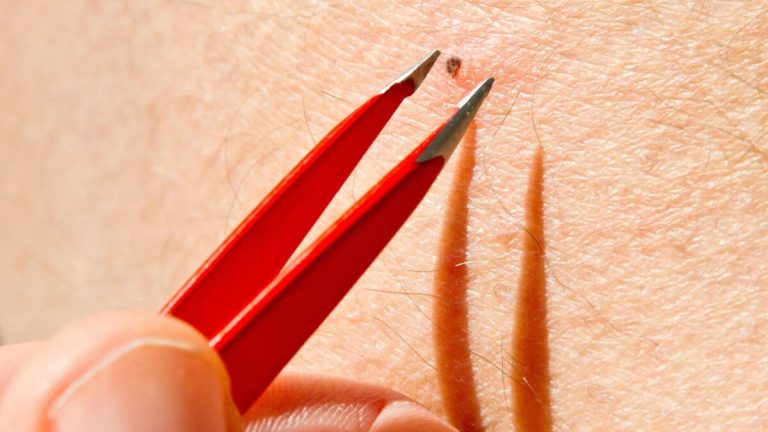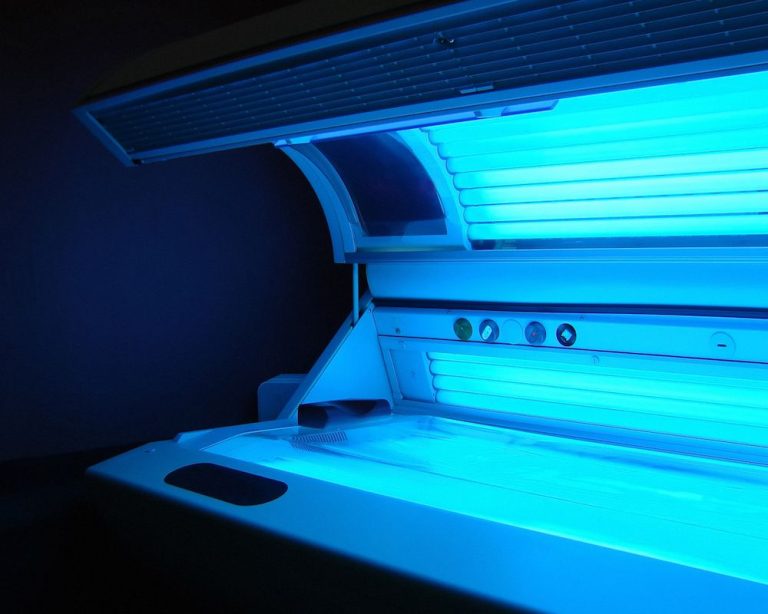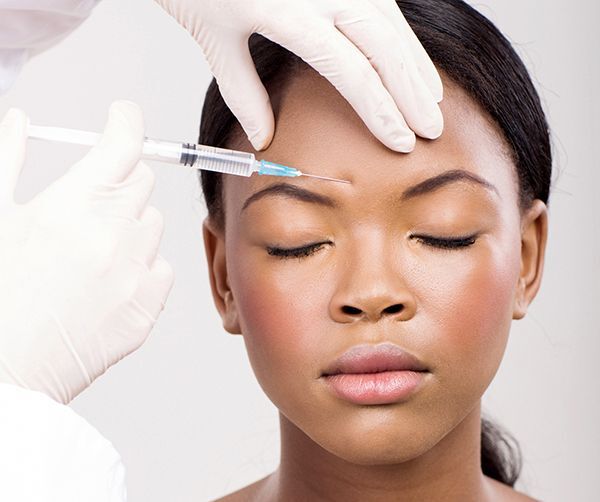Can You Tan In The Shade? Here is My Research
As summer approaches, many of us look forward to spending time outdoors enjoying the sunny weather. A common goal is getting a nice, golden tan. But is it possible to get tan while staying in the shade? I did some research to find out.
Tanning Basics
Contents
- Tanning Basics
- Can You Tan in the Shade?
- Protecting Your Skin While Tanning in the Shade
- Gradual Tanning in the Shade
- Wellness Benefits of Being Outdoors
- The Risks of Tanning in the Shade
- Who Should Be Cautious About Tanning in the Shade
- Achieving a Tan Safely in the Shade
- How Long Does Tanning in the Shade Take?
- Can You Get Sunburned in the Shade?
- Safer Tanning Alternatives
- Conclusion
Before we look at tanning in the shade, let’s analyze some tanning basics. When your skin is exposed to ultraviolet (UV) rays from the sun, it causes your body to produce more melanin. Melanin is the pigment that gives your skin, hair, and eyes their color.
Melanin acts as a natural sunscreen by absorbing UV radiation. When you spend time in the sun, your body produces more melanin to try to protect your skin from damage. This increase in melanin is what causes tanning.
Can You Tan in the Shade?
Even when you’re in the shade, some UV rays can penetrate through. Typically more UVA rays get through, while the shade blocks most UVB rays. So even though you’re not getting direct sun exposure, the UVA rays that penetrate the shade can still initiate melanin production and lead to tanning.
However, tanning in the shade takes longer than tanning in direct sunlight. The UV exposure is lower, so your body doesn’t need to produce as much melanin. Achieving a noticeable tan will require more time spent in the shade.
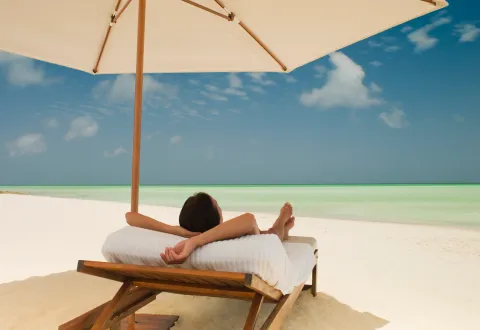
Protecting Your Skin While Tanning in the Shade
If you want to work on your tan in the shade, it’s important to still take measures to protect your skin:
- Wear sun protective clothing: Cover up as much skin as possible with lightweight, breathable fabrics like linen or cotton. Wear long pants, long sleeve shirts, and broad-brimmed hats.
- Apply sunscreen: Use a broad spectrum sunscreen with an SPF of at least 30. Reapply every 2 hours if sweating or swimming.
- Seek deeper shade: Sit under an umbrella at the beach or park, or find shady spots under trees. The darker the shade, the less UV exposure.
- Avoid prolonged exposure: Take breaks and limit your shade tanning sessions. Don’t fall asleep in the shade.
Gradual Tanning in the Shade
One potential benefit of tanning in the shade is that you may be able to achieve a more gradual, natural looking tan. By alternating periods in the shade and in direct sun, you control the rate of melanin production.
This can lead to a more even, lasting tan. Tanning too quickly in direct sun can sometimes cause uneven color with splotchy darker patches. Gradual tanning allows your skin’s melanin production to ramp up more evenly.
Wellness Benefits of Being Outdoors
Spending time outside in nature, even in the shade, can provide other wellness benefits besides tanning. Sunlight exposure causes our bodies to produce vitamin D, which is important for bone health and immune function.
Being outdoors also promotes relaxation by triggering the release of endorphins. These feel-good hormones can boost your mood and reduce stress. So find an outdoor spot you enjoy, lather on the sunscreen, and soak up some of the benefits of being outside.
The Risks of Tanning in the Shade
While there are some potential perks, tanning in the shade does come with risks that are important to consider:
- UV damage: While less intense than direct sun, the UVA/UVB rays that penetrate shade can still lead to premature skin aging and increase skin cancer risk.
- Sunburn: Without proper protection, you can still burn in the shade. Seeking shade when your skin starts to feel warm can help avoid burning.
- Dehydration: Extended time outdoors can lead to dehydration, which dries out your skin. Be sure to drink plenty of water.
- Dryness: The sun and wind can dry out your skin, hair, and eyes. Moisturize and use eye drops to help combat dryness.
Who Should Be Cautious About Tanning in the Shade
While moderate shade tanning may be safe for many people when done carefully, certain groups should exercise more caution:
- Fair or sensitive skin types are more prone to burning.
- Children have delicate skin that can easily burn.
- Individuals who take photosensitizing medications are more sun sensitive.
- Those with a family history of skin cancer or who have had skin cancer themselves.
For these higher risk groups, the best approach is to seek shade whenever outdoors and avoid purposeful tanning. Protect your skin with clothing, hats, and sunscreen instead.
Achieving a Tan Safely in the Shade
If you do want to work on your tan while still playing it safe, here are some tips:
- Find a shady spot that blocks direct sunlight but still allows some filtered sunlight through, like under a tree.
- Wear sun protective clothing like wide-brimmed hats, UV blocking sunglasses, and lightweight hoodies or rash guards.
- Apply broad spectrum SPF 30+ sunscreen to any exposed skin.
- Set a timer to remind yourself to reapply sunscreen every 2 hours.
- Stay hydrated and drink plenty of water.
- Limit your initial shade tanning sessions to 20-30 minutes, then gradually increase over several weeks if you don’t burn.
- Check your skin in the mirror when you go inside – any pinkness means you got too much sun.
How Long Does Tanning in the Shade Take?
There’s no set amount of time it takes to tan in the shade. Several factors affect the results you’ll see:
- Your skin tone – Fairer skin takes longer to show a visible tan than darker complexions.
- The depth of shade – Deeper shade blocks more UVB so tanning takes longer.
- Time of day – More UV rays early/late in the day so tanning occurs faster.
- Consistency – Frequent shade sessions produce faster tanning than sporadic exposure.
For gradual safe tanning, aim for multiple 20-30 minute sessions per week in lighter shade. Wait at least 48 hours between sessions to allow melanin production. It may take a few weeks to achieve noticeable color this way depending on your skin tone.
Can You Get Sunburned in the Shade?
Unfortunately, yes you can still get sunburned while in the shade. Here’s why:
- UVA rays penetrate shade and can cause burn. They are present even on cloudy days.
- Reflective surfaces like water, sand, concrete can reflect UV and cause burn in shade.
- Your skin can be sun-sensitized by certain medications, making you more burn prone.
- You fall asleep in the shade – your skin can burn quickly without reapplying sunscreen.
To prevent sunburn while shade tanning, wear protective clothing, seek deep shade, and properly apply water-resistant SPF 30+ sunscreen to exposed skin. Reapply every 2 hours.
Safer Tanning Alternatives
If your skin is very fair or sun-sensitive, tanning in the shade may still be too risky. Here are some safer options that provide color without UV exposure:
- Sunless tanning lotions: These creams contain the active ingredient DHA, which reacts with dead skin cells on the surface of your skin to stain it a tan color that lasts about a week.
- Spray tans: You can get an all-over bronzed glow in a matter of minutes from a spray tanning booth or technician. The results typically last 5-10 days.
- Tanning pills: These oral supplements contain carotenoids that build up in your skin cells over weeks to mimic a tan. Efficacy varies by individual.
Just remember – these sunless tanning options don’t provide any sun protection. You’ll still need sunscreen before going outside!
Conclusion
With the right precautions, you can achieve a subtle tan by spending time in the shade. Seek dappled shade under trees rather than dark, dense shade. Wear protective clothing and properly apply sunscreen. Start with short sessions and gradually increase exposure time. Alternate shade with indirect sun to build color slowly. While a shade tan is safer than baking in direct sun, UV damage can still occur. For very fair and sensitive skin, sunless tanning products are the best option.
Above all, protect your skin and don’t burn! A shade tan requires more time and diligence that lounging poolside – but it allows you to enjoy the outdoors with less risk. Tan safely and don’t jeopardize your skin health.

Founded by Sophia Rodriguez, IGXO Cosmetics is a PETA-certified, cruelty-free, and vegan makeup brand.
